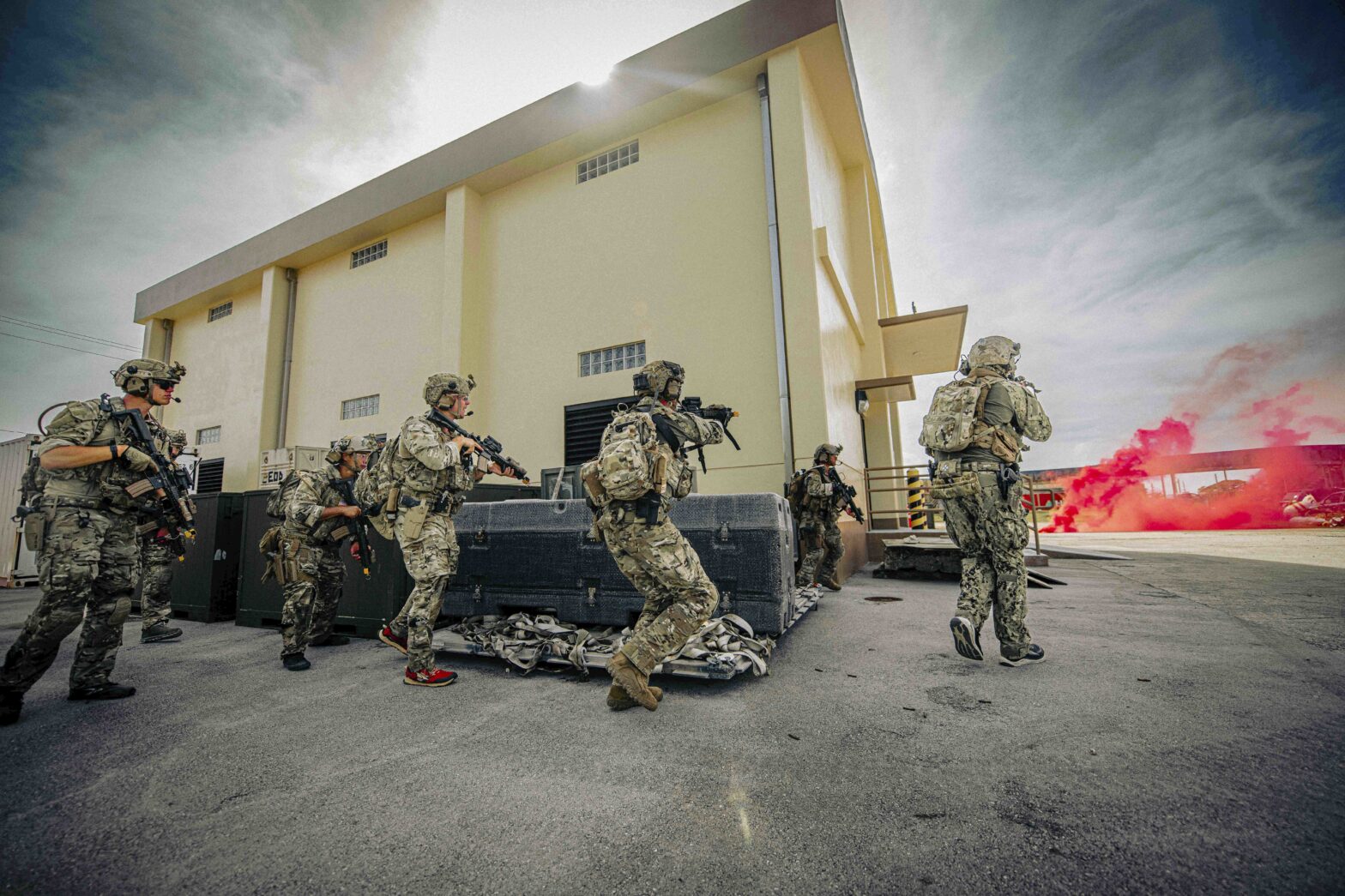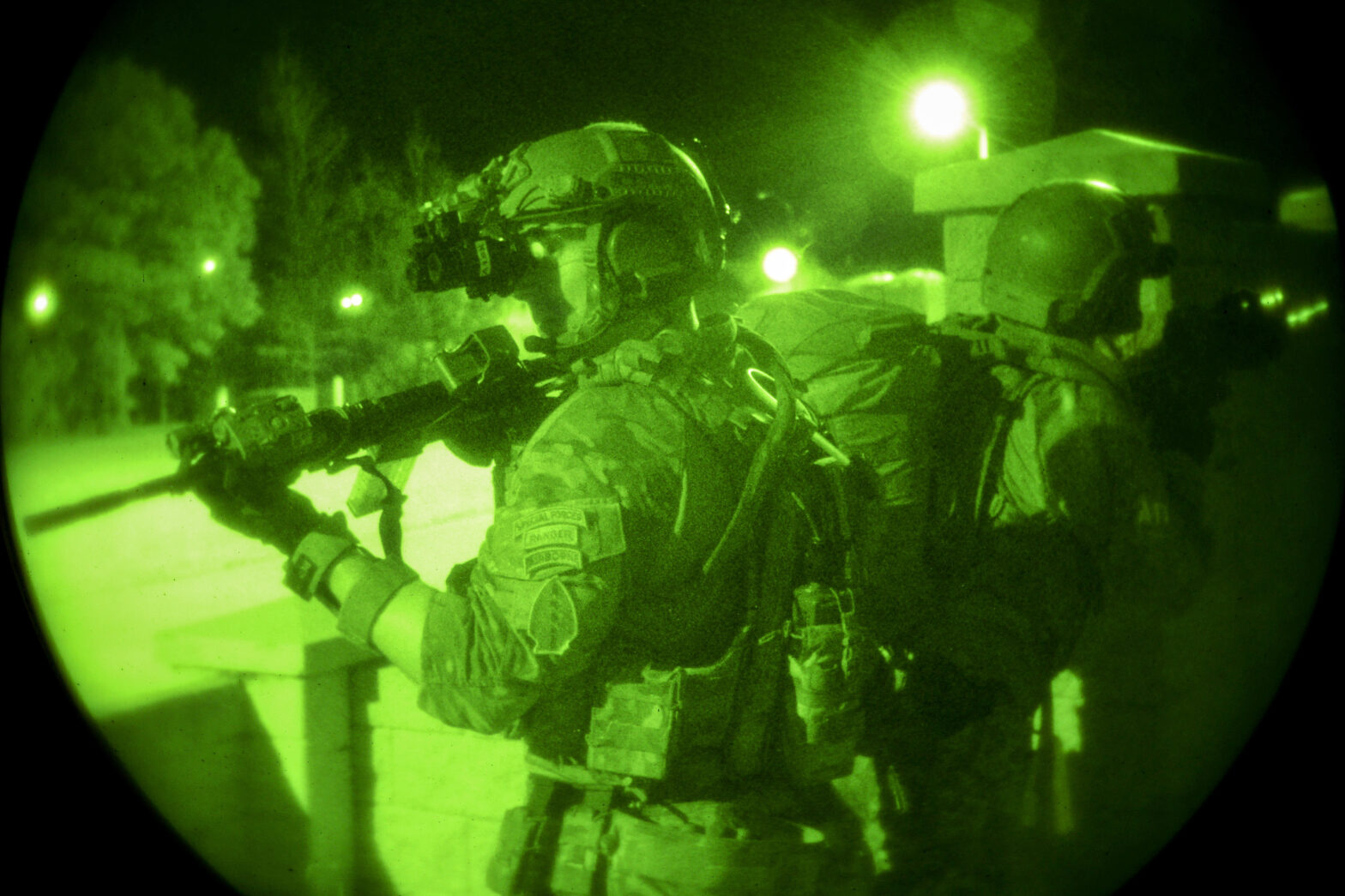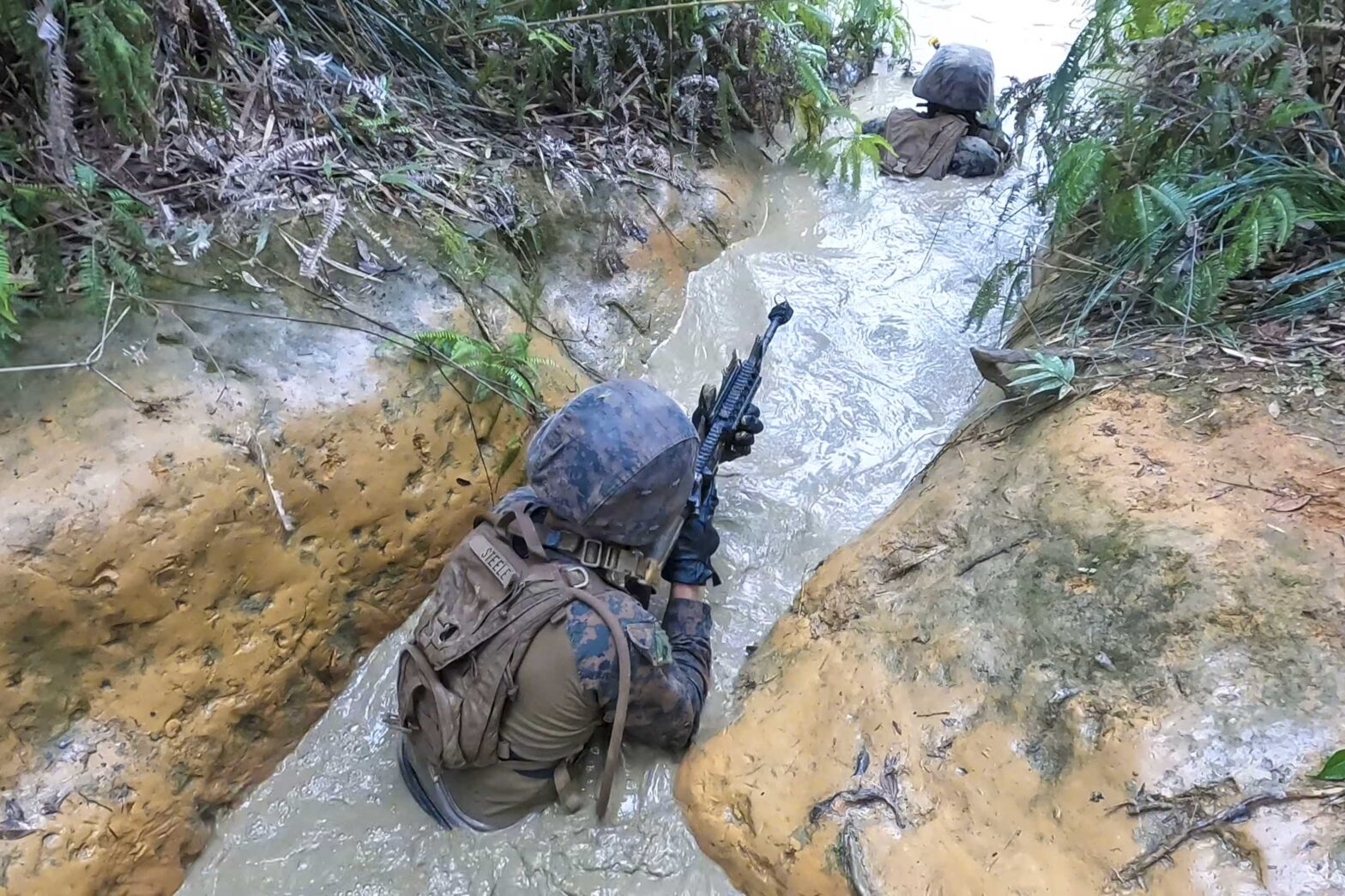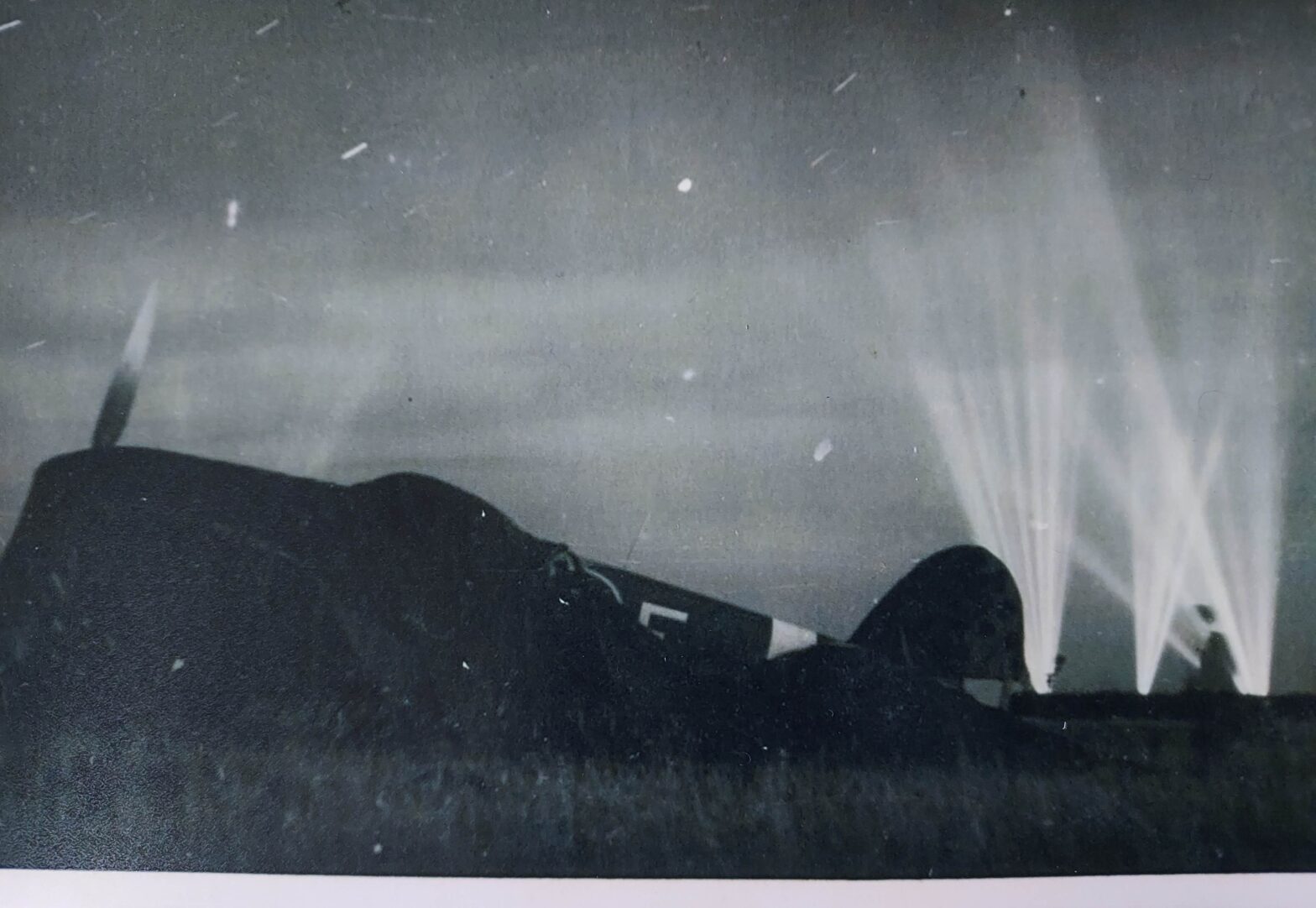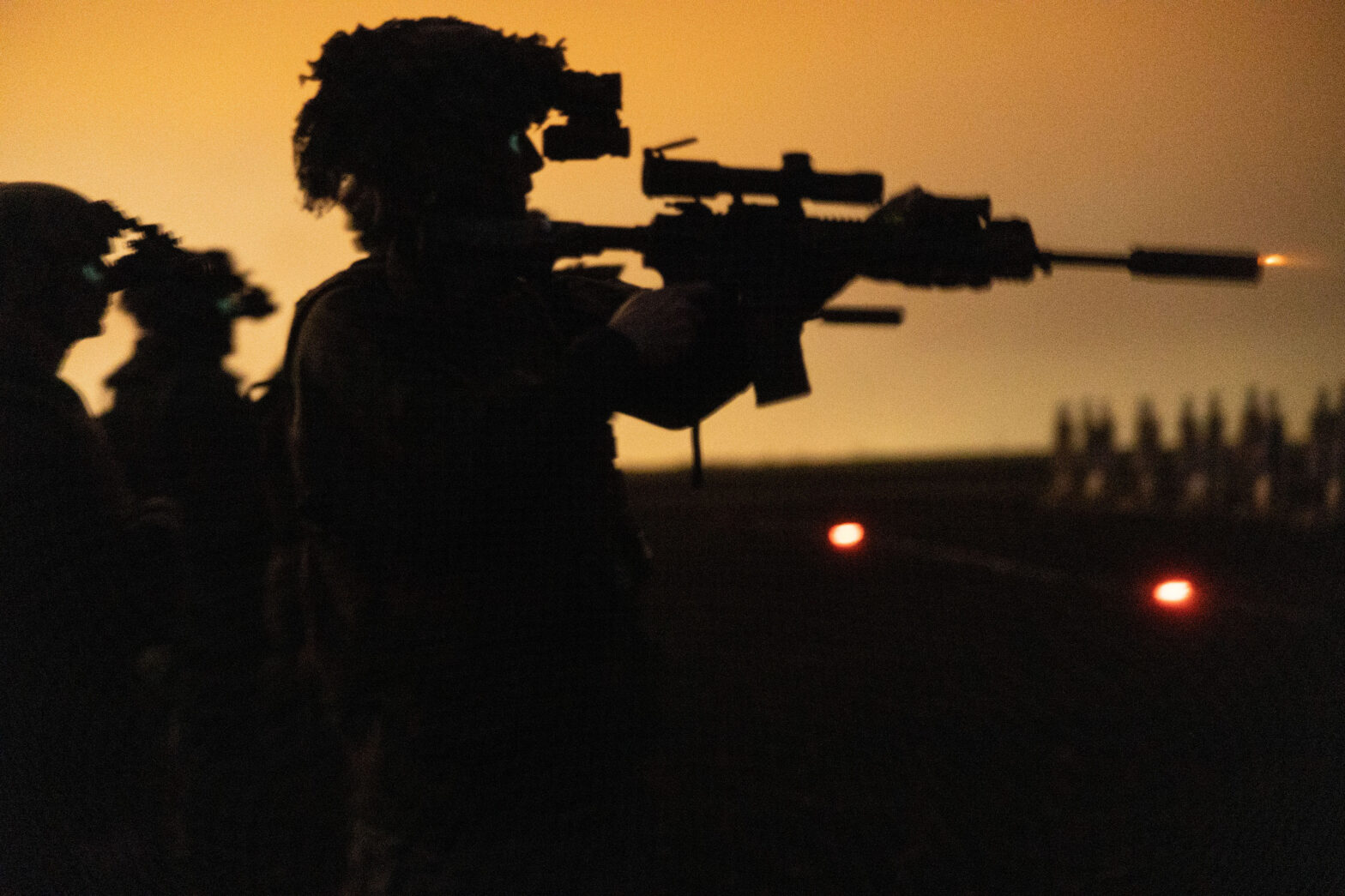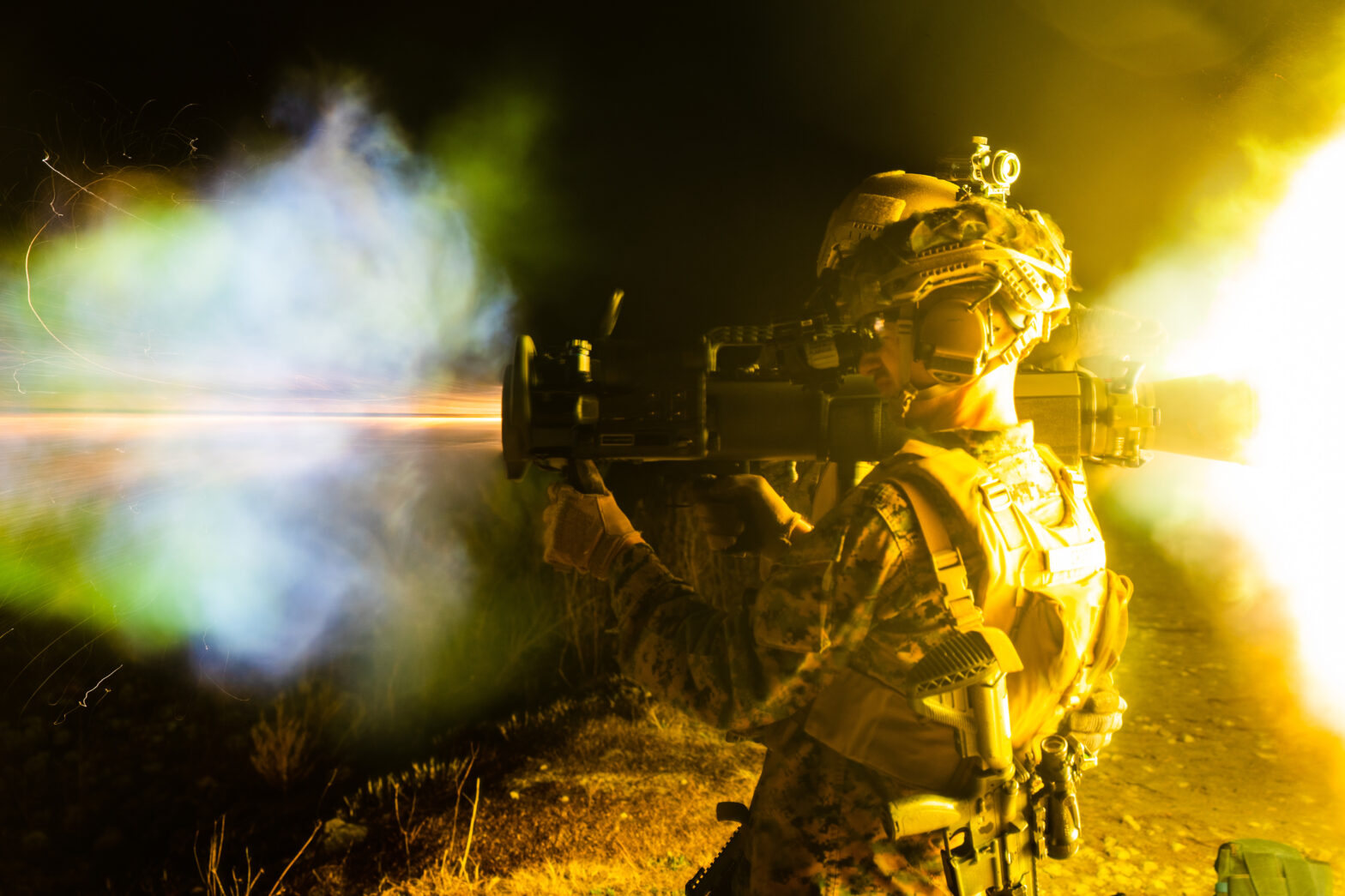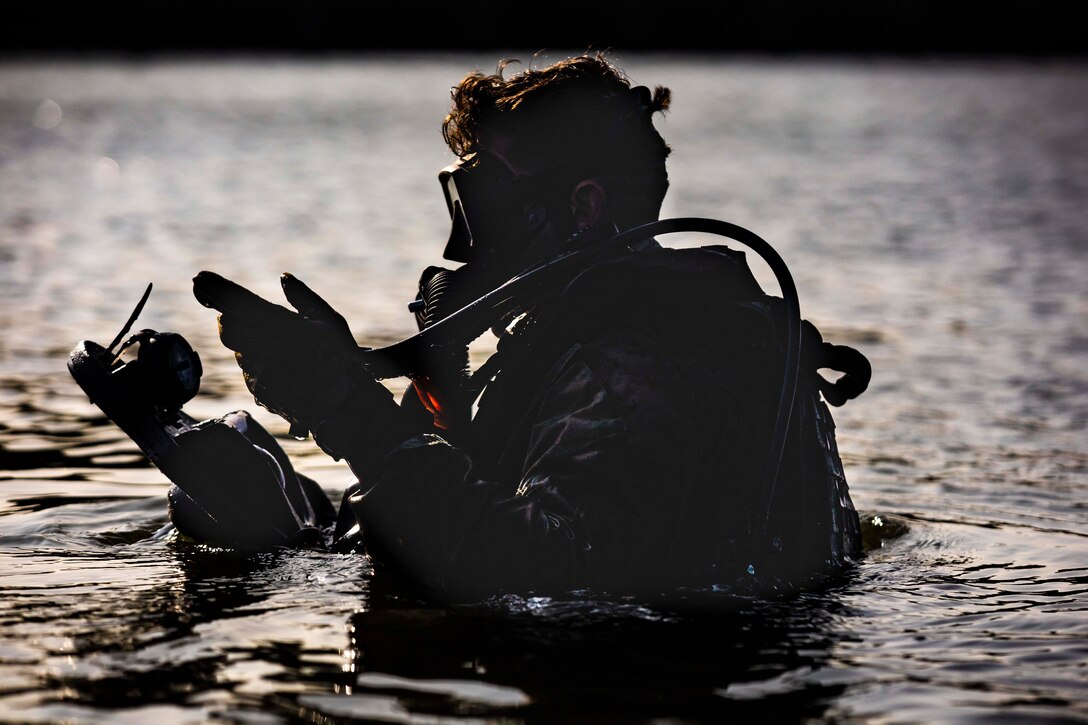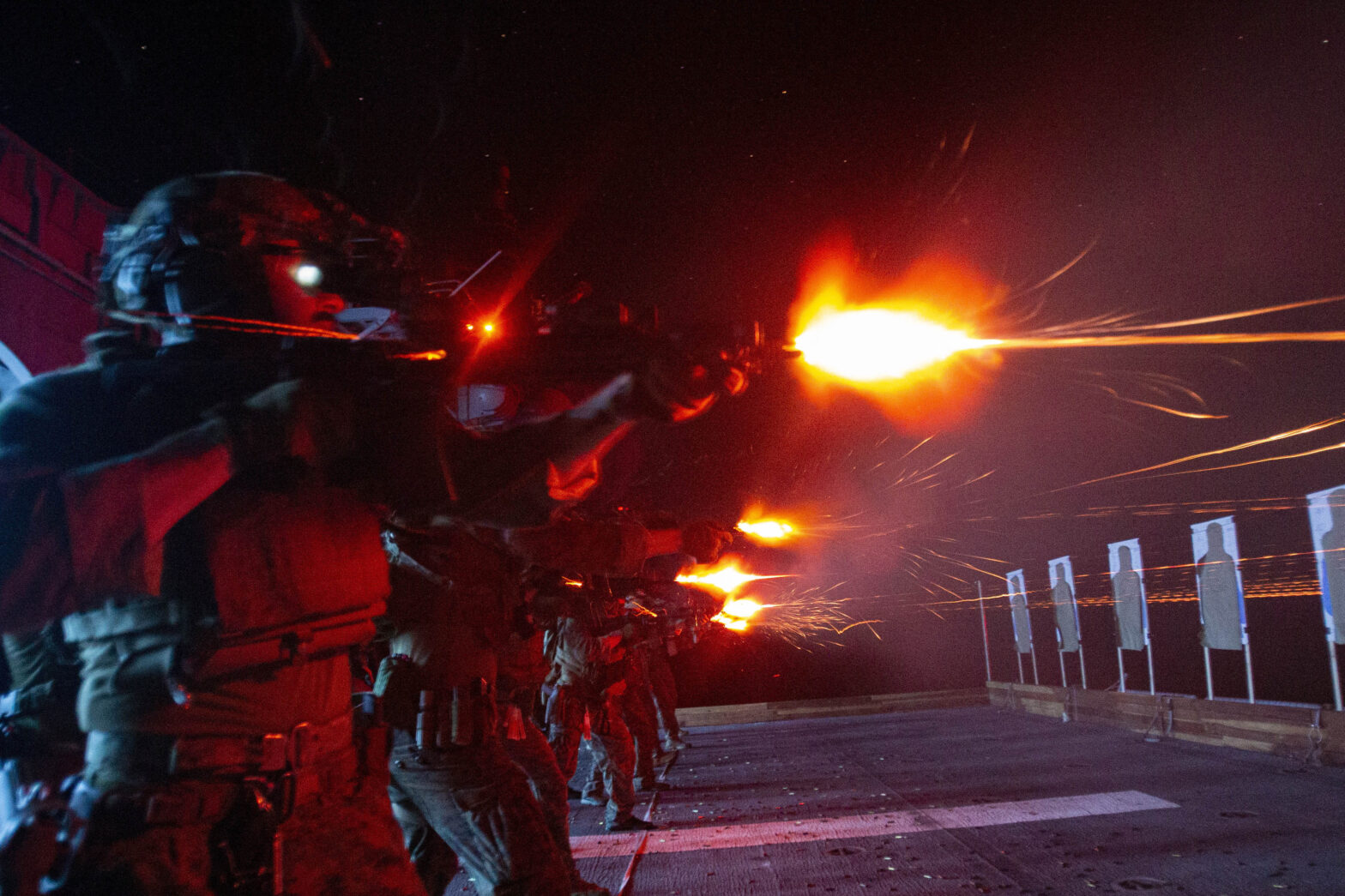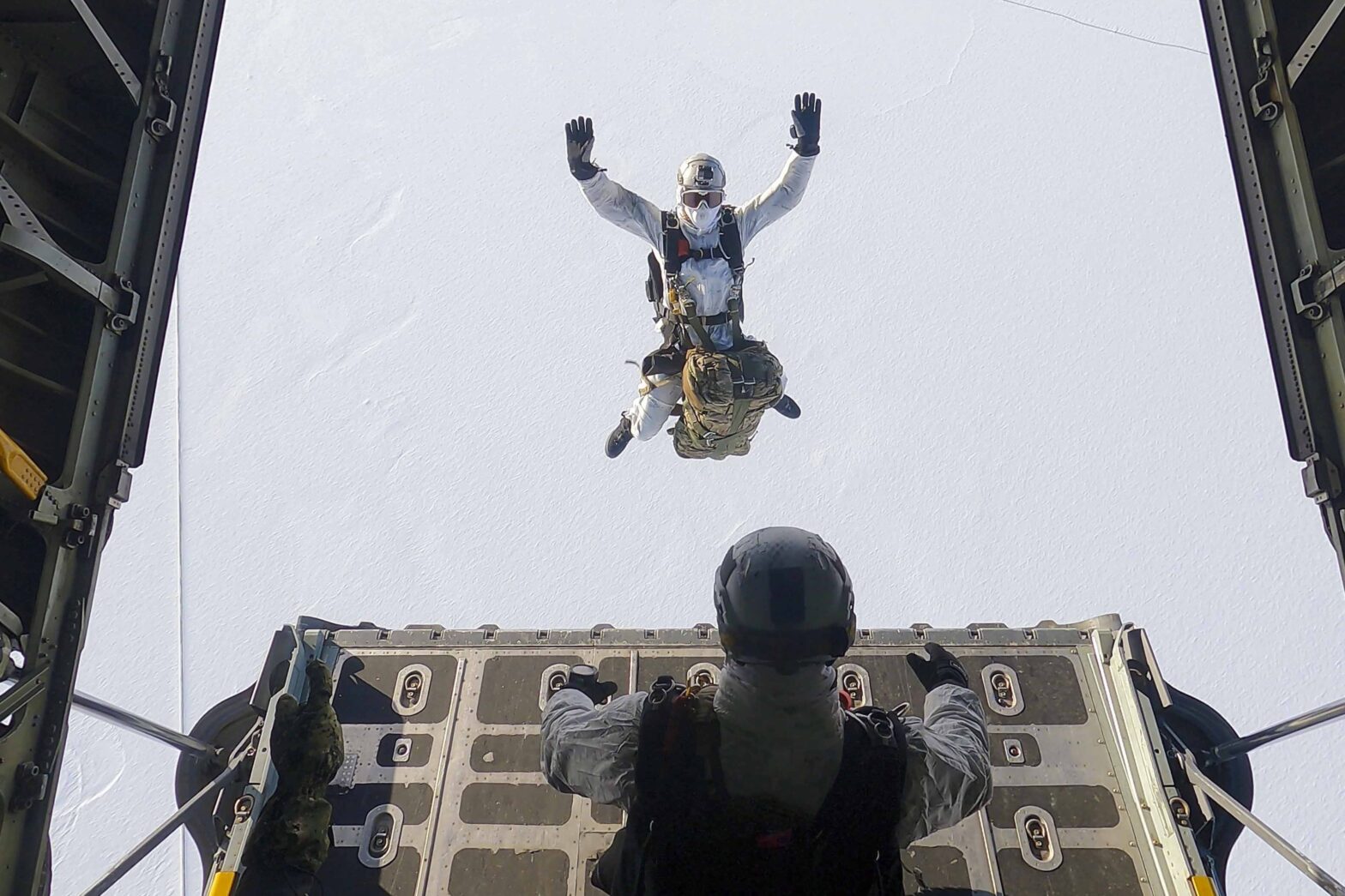One strategy researchers are using to identify subtle impacts of subconcussions is to look at changes in brain functional connectivity. Essentially this is looking at changes in which the brain is communicating. A study done on Canadian Special Operations Forces (CANSOF) included breachers and snipers who had an average of around 10 years of exposure… Continue reading Subconcussions and Changes in Brain Communication
Author: Dani Fennerty
Subconcussions and Sensory Reweighting
Repeated exposures to subconcussive impacts have been shown to reweight sensory processing to increase dependence on the visual system for postural control. [1-2] Increased visual dependence for postural control is significant, particularly in tactical athletes as they often must perform in highly visually demanding and no/low vision environments. This visual dependence for postural control typically… Continue reading Subconcussions and Sensory Reweighting
Readiness and Lethality
A study done on operators in elite Military units who had served between 10-15 years and had repeated exposures to low-level blasts (LLB) showed impaired speed and accuracy with divided focus and target following eye movements compared to controls without repeated LLB exposures. [1] These elite operators showed impaired speed and accuracy with divided focus… Continue reading Readiness and Lethality
Fighting on D-Day Not Knowing How to Swim
My grandpa was a machinist with the RCAF during WWII. His parents died when he was young, so he only had an 8th grade education, working as a farm hand instead of going to school. He never learned how to swim. When he fought on D-Day, he did so without a life jacket. But he… Continue reading Fighting on D-Day Not Knowing How to Swim
Keeping Target Focus with Forward/Backward Acceleration
A force with a forward or backward linear acceleration is unique as it will trigger a vergence response with the eyes. This means that the eyes are moving in opposite directions as they track a target moving closer or further from you. Placing the target on the ground in front of him, Ben then performs… Continue reading Keeping Target Focus with Forward/Backward Acceleration
Target Focus and the Vestibular System
In this video Ben is holding the camera while he walks and then transitions to a run. You’ll notice that as he walks we are able to maintain good focus of the gym, but as he transitions to a run we lose that ability to keep clear vision on the environment. But he didn’t lose… Continue reading Target Focus and the Vestibular System
Testosterone, Subconcussions, and Vestibular Function
Decreased testosterone levels are common after brain trauma. One study found testosterone suppression in 100% of men within 10 days after a mild traumatic brain injury. [1] “…administration of testosterone following injury to cranial neurons has been shown to upregulate the expression of neuroprotective genes…” [2] In other words, testosterone can help with brain health.… Continue reading Testosterone, Subconcussions, and Vestibular Function
Neuronal Damage Biomarker Rises After SCUBA Diving
Protecting brain health in tactical athletes means we must expand our view to include all potential subconcussive mechanisms, ensuring any MOS, or specialty’s unique neurotrauma exposures are considered. Combat divers are no exception. A study conducted at the Swedish Armed Forces (SwAF) naval base with professional divers recruited from the SwAF, the Swedish Coast Guard,… Continue reading Neuronal Damage Biomarker Rises After SCUBA Diving
Maintaining Target Focus Against an External Force: Weapon Recoil
Maintaining target focus against an external force is an important skill and greatly impacts performance. For example, maintaining target focus when experiencing a weapon’s recoil. You don’t want to risk losing target focus with every recoil force. Here’s what happens: This typically happens in less than 15ms and can have a significant impact on accuracy… Continue reading Maintaining Target Focus Against an External Force: Weapon Recoil
How to Add Vestibular Training to Your Plyometrics
Your vestibular system is integral to performance. It is an essential situational awareness system and contributes to movement in low visibility and maintaining position against an external force. The performance of your vestibular system is also vulnerable to repeated subconcussive exposures. That is why it is so important to incorporate vestibular training into your training.… Continue reading How to Add Vestibular Training to Your Plyometrics
